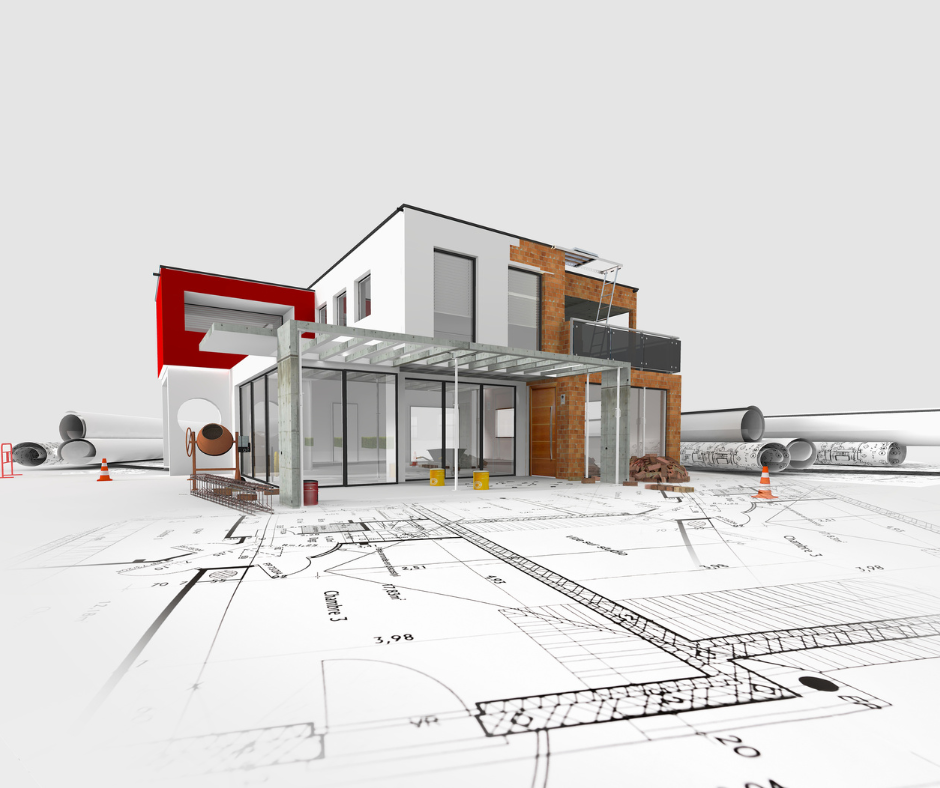When it comes to construction and site preparation, grading is an essential process that ensures the land is properly leveled, sloped, and prepared for construction. Grading is not only crucial for aesthetics but also for the stability and durability of any building or infrastructure. In recent years, advancements in technology have given rise to two main types of grading: 2D and 3D grading. Understanding the difference between these two techniques can help contractors, builders, and developers choose the right method for their projects.
What is 2D Grading?
2D grading, or two-dimensional grading, is the traditional method of land leveling. In this method, the grading equipment follows a fixed slope and adjusts the terrain based on set parameters such as elevation and contour lines. Typically, 2D grading relies on GPS technology and basic machine controls to ensure that the surface meets specific requirements.
With 2D grading, the operator adjusts the equipment based on predetermined horizontal and vertical measurements. This method is often used for smaller projects or when the topography is relatively simple. While it provides reliable results, 2D grading can sometimes be less precise when dealing with complex terrains or more detailed projects.
What is 3D Grading?
In contrast, 3D grading is an advanced, highly precise method that uses three-dimensional models and GPS technology to control grading equipment in real-time. This method offers greater accuracy by accounting for the X, Y, and Z coordinates of the terrain, enabling machines to follow complex designs with ease.
With 3D grading, engineers create detailed 3D models of the site, and the grading machines are equipped with GPS systems that communicate with these models. This allows for real-time adjustments and ensures that the grading process adheres precisely to the project’s design specifications. 2D/3D grading provides a higher level of precision, reducing the risk of errors and improving the overall quality of the work.
Key Differences Between 2D and 3D Grading
- Precision
- 2D Grading: Offers less precision, typically suitable for simpler terrain.
- 3D Grading: Provides high precision, ideal for complex projects and varied landscapes.
- Technology Used
- 2D Grading: Primarily relies on GPS and basic machine controls to follow predetermined lines.
- 3D Grading: Uses advanced 3D modeling software, GPS, and real-time machine control systems to ensure the exact design is followed.
- Speed and Efficiency
- 2D Grading: May take longer for more complex projects since manual adjustments are often needed.
- 3D Grading: Faster due to the automatic adjustments and real-time feedback from the 3D models.
- Cost
- 2D Grading: Typically less expensive as it uses simpler technology and tools.
- 3D Grading: Higher upfront costs due to the use of advanced equipment and technology but may save costs in the long term through reduced labor and increased accuracy.
- Applications
- 2D Grading: Best suited for smaller, simpler projects like residential homes, small roads, or basic landscaping.
- 3D Grading: Ideal for larger, more complex projects such as commercial buildings, highways, and industrial sites.
Why Choose 2D/3D Grading?
Choosing between 2D/3D grading methods largely depends on the complexity of your project. If you’re working on a simple residential construction, 2D grading might be all you need. However, for more intricate projects or those with tight tolerances, 3D grading offers unparalleled precision and efficiency.
Conclusion
Both 2D and 3D grading are essential tools in construction, each with its unique advantages. By understanding the differences between these methods, you can make a more informed decision for your project, ensuring the grading process is efficient, accurate, and cost-effective.


